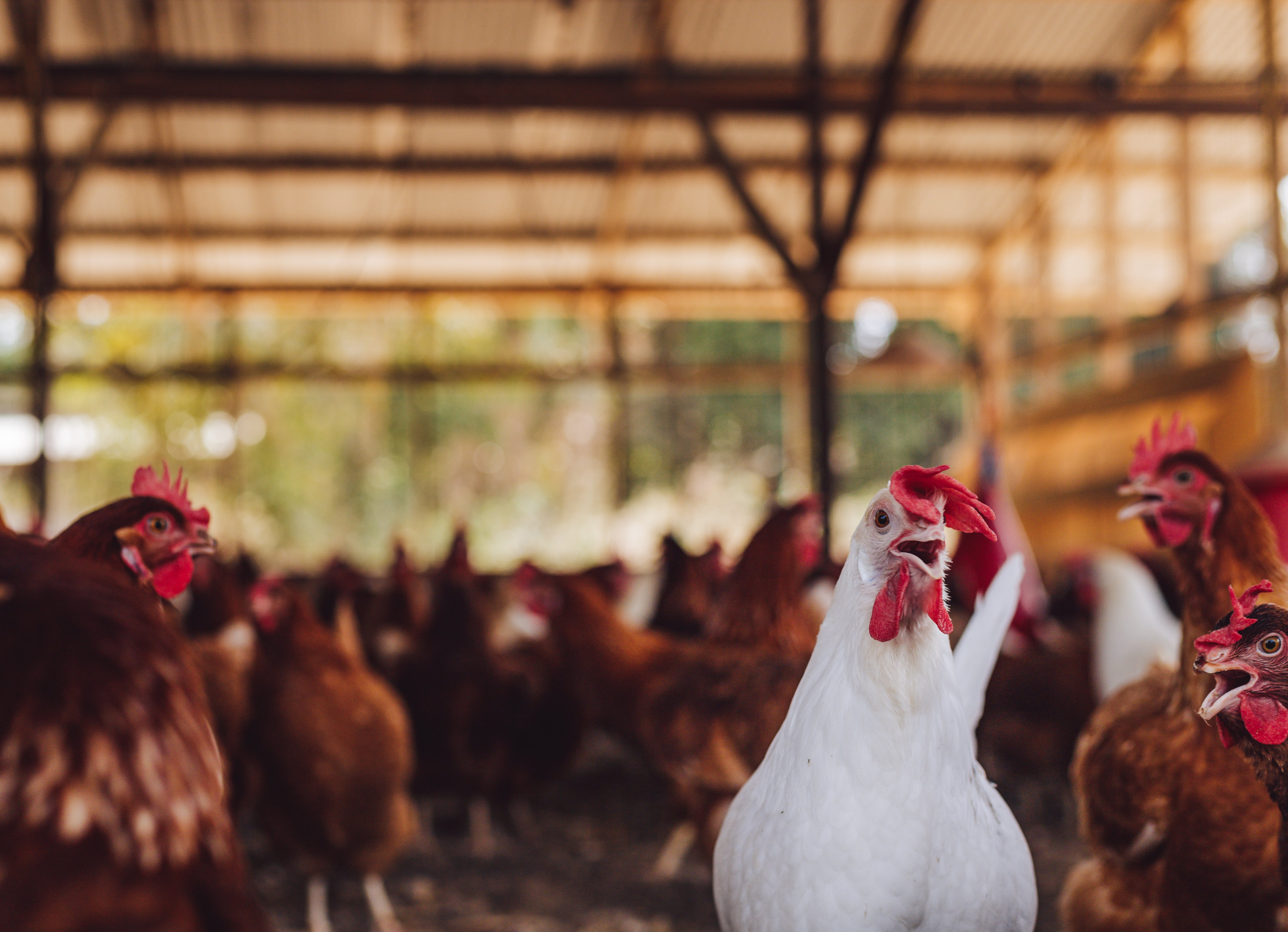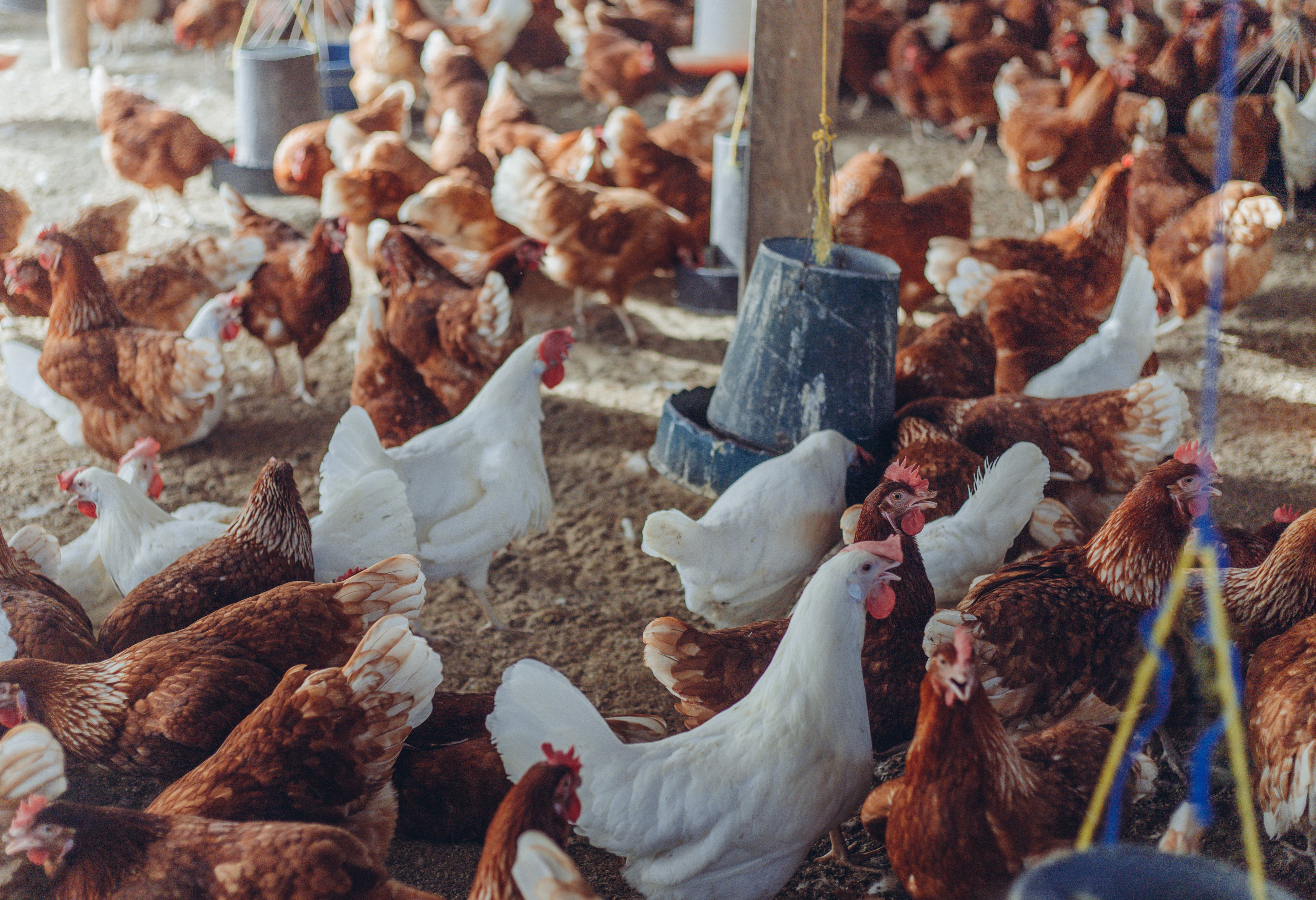Light: A Crucial Factor in Egg Production
Lighting plays a pivotal role in poultry farming, particularly in egg production. The relationship between light and egg production is deeply rooted in the biology of hens, where light serves as a key regulator of their reproductive system.

This article delves into the importance of light in egg production, the mechanisms through which it affects hens, and best practices for effective light management.
How Light Affects Egg Production
Light stimulation
Hens are highly sensitive to changes in day length, a phenomenon known as light period. When hens perceive an increase in daylight hours, their reproductive system is triggered, signaling them to start laying eggs. This process, called light stimulation, is a natural response where the lengthening days mimic the conditions of spring and summer, ideal seasons for reproduction in the wild.
Hormonal Regulation
The exposure to light, particularly in the morning, stimulates the release of hormones such as luteinizing hormone (LH) and follicle-stimulating hormone (FSH). These hormones are crucial for the development of eggs and the ovulation process. Without adequate light exposure, these hormonal responses are subdued, leading to decreased egg production.

Circadian Rhythm
Hens, like many other animals, follow a circadian rhythm, an internal clock that regulates their daily activities. Light is a critical factor in maintaining this rhythm. Proper lighting schedules help synchronize the hens' feeding, laying, and resting patterns, ensuring they remain productive and healthy.
Key Factors in Light Management
Day Length
The length of daylight, or photoperiod, is the most significant factor in light management for egg production. To stimulate and maintain egg production, it’s essential to provide hens with an extended photoperiod, typically around 14-16 hours of light per day. However, it’s crucial to manage this carefully, as too much light can lead to issues such as reduced egg quality, increased aggression, and even burnout in the flock.
| Ages in weeks | Light hours |
| Week 01 | 23 - 20 |
| Week 02 | 20 |
| Week 03 | 19 |
| Week 04 | 18 |
| Week 05 | 17 |
| Week 06 | 16 |
| Week 07 | 15 |
| Week 08 | 14 |
| Week 09 | 13 |
| Week 10 | 12 |
| Week 11 | 12 |
| Week 12 | 12 |
| Week 13 | 12 |
| Week 14 | 12 |
| Week 15 | 12 |
| Week 16 | 12 |
| Week 17 | 13 |
| Week 18 | 14 |
| Week 19 | 15 |
| Week 20 | 16 |
Light Intensity
While day length is paramount, the intensity of light also plays a role, albeit a secondary one. Light intensity must be sufficient for hens to perceive their surroundings, which influences their feeding behavior and hormone production. Typically, a minimum light intensity of 10-20 lux is recommended for laying hens, though this can vary depending on the breed and specific management goals.
Light Quality
The spectrum of light, or light quality, can affect egg production and hen behavior. Research shows that hens respond differently to various colors of light. For example, red light has been found to reduce stress and aggression in hens, while blue and green light can enhance feed efficiency and growth. Furthermore, blue light is known to calm the birds. By tailoring the light spectrum, farmers can address specific behavioral and production challenges.

Light Timing
Consistency in light timing is crucial for maintaining optimal egg production. Hens thrive on routine, and disruptions in their light-dark cycle can lead to a decline in production, increased stress, and overall poor health. Automated lighting systems are more reliable hence ensure a consistent schedule can help maintain stable production levels and enhance flock welfare.


